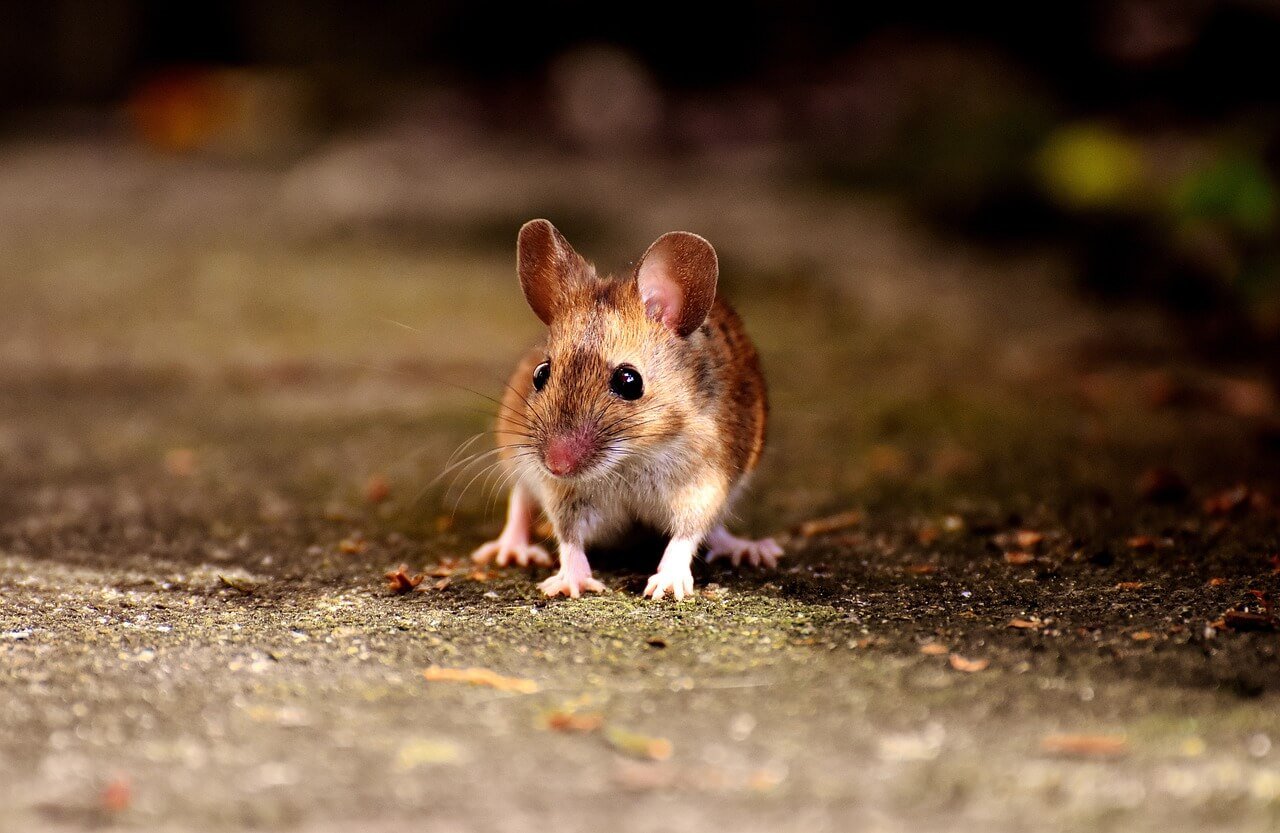Luckily for all of us who care about animals, there are many simple and humane ways to mouse-proof a home that don’t involve glue traps or poisons, which are exceedingly cruel and indiscriminate, and will almost always backfire.
Because killing mice only causes more mice to move into newly available spaces, we have to target whatever attracts them (i.e., food) and allows them access to the premises in the first place. Wild animals of any sort only stick around in places where there’s a reliable, reachable food supply. You might find the following tips helpful:
- Eliminate any food supply, keeping all food and garbage in sturdy, well-sealed containers that mice can’t chew through. You may want to move some foods from cupboards to the refrigerator. Also, be sure to put food for animal companions away overnight. Often, this alone will be enough to make unwelcome visitors move on in search of better accommodations.
- You can “evict” rodents by introducing peppermint-soaked rags near areas they’re known to frequent as well as around entry points—rodents hate the smell. Strobe lights or a radio playing loud music in attics and crawl spaces will also help.
- You can also make your home less attractive to mice by keeping bushes and woodpiles away from the structure in order to eliminate hiding spaces and camouflaged corridors.
- Prevention is crucial, which means identifying entry points and sealing them off is the first step. Monitor rodent activity by using a flashlight to identify entry points and frequented areas. Look specifically for droppings, chewed areas, nests, and stored/cached food. Seal holes larger than a quarter of an inch in diameter, cracks in the walls or floors, and spaces around doors, windows, and plumbing with heavy-duty foam, steel wool, or hardware cloth. Install rodent door sweeps to keep mice from squeezing under doors.
- During mild weather, animals who are indoors can be live-trapped. You can purchase Humane Smart Mousetraps or Havahart rat traps online or at a local hardware store. (This trap from Victor provides a window to see if anyone has entered the trap and is very sturdy) Check the traps hourly, as mice and rats can die from stress-induced disorders, exposure, or dehydration in just a few hours. Release them within one block of where they were found. Otherwise, they will have trouble finding sustenance and shelter. A nearby park or brushy wooded setting would be ideal.
- When releasing mice in moderately cold weather, make a temporary home out of a sealed plastic or wood container that has a tiny doorway and an adequate air supply. (Add air holes, if necessary.) Be sure to insulate the container thoroughly with straw, newspaper shreds, cotton, or fleece and to provide the rodents with a week’s worth of high-calorie food, such as peanut butter, dry cat food, and/or wild bird suet.
- If the weather is extremely cold, or if you catch an animal who is sick or injured, transport him or her to your local animal control agency, wildlife rehabilitator, or wildlife-friendly veterinarian; you can also wait for milder weather to trap and release mice.

Hopefully, these suggestions will allow you to restore your home to a rodent-free place, while also practicing compassion for the non-human animals living among us in our homes and other spaces. Unfortunately, the wanton destruction of habitat that is common in cities and rural areas across the country makes it so that mice and other small animals have nowhere to take shelter.
A human’s house is an attractive place for them, in that it is automatically warm due to heating systems, and often there is a steady supply of food for mice to live on. If you find yourself in such a position as to have unwanted guests of the rodent variety, using these techniques can help you to remove them, while still allowing them the chance to be alive, just not in your house.





